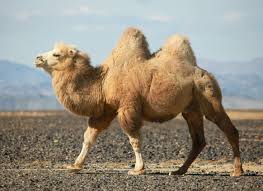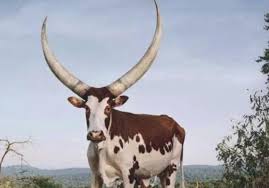Estradiol Benzoate Injection
Name:
Estradiol Benzoate Injection
Common Content:
0.002 (2 mg/mL) 4
Common Volume:
10 ml, 50 ml, 100 ml per bottle 4
Applicable Animals:
Cattle, pigs, sheep, goats, horses, camels, deer, buffalo, alpacas, yaks, and other livestock commonly raised in animal husbandry industries globally.
Usage and Dosage:
Dosage should always be determined by a licensed veterinarian and depends on animal species, age, and intended use. The following are general guidelines:
Cattle:
Heifers and cows: 0.5–2 mg per animal via intramuscular injection for estrus synchronization or reproductive therapy.
Sheep, Goats:
0.1–0.5 mg per animal via intramuscular injection for reproductive management.
Pigs:
0.1–0.5 mg per animal as determined by the reproductive program.
Horses, Camels:
Dose and protocol as per veterinary recommendation for induction or synchronization of estrus.
Repeat as necessary per the specific reproductive or therapeutic program, always with veterinary guidance.
Indications and Symptoms:
Induction and synchronization of estrus in breeding programs.
Treatment of reproductive disorders such as anestrus, ovarian dysfunction, or certain postpartum conditions.
May be employed for management of retained placenta or metritis in large animals.
Precautions:
Only to be administered to non-food-producing animals or with strict adherence to withdrawal periods in food animals, as estradiol is a potent hormonal agent.
Use with caution in animals with a history of estrogen-sensitive disorders or tumors.
Avoid in pregnant animals unless specifically prescribed for termination purposes.
Contraindications:
Animals with known hypersensitivity to estrogens or excipients.
Pregnant animals (unless used for induction of abortion).
Prepubertal females and breeding males unless specifically prescribed by a veterinarian.
Post-medication Care:
Monitor the animal for expected estrus behavior or therapeutic response.
Observe for signs of estrogen toxicity (swelling, restlessness, abnormal discharge).
Ensure animals are managed to prevent unintentional breeding (if not desired).
Follow recommended withdrawal times if used in food animals.
Applicable Animals
Animal species suitable for this veterinary medication


